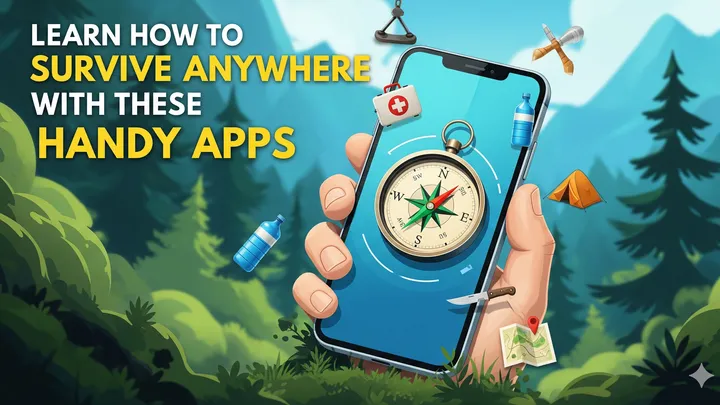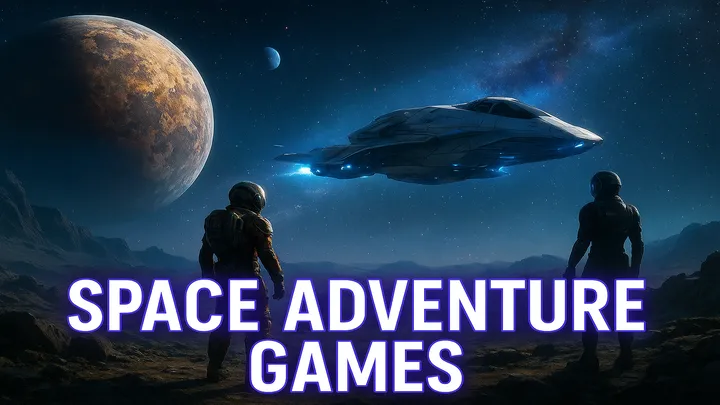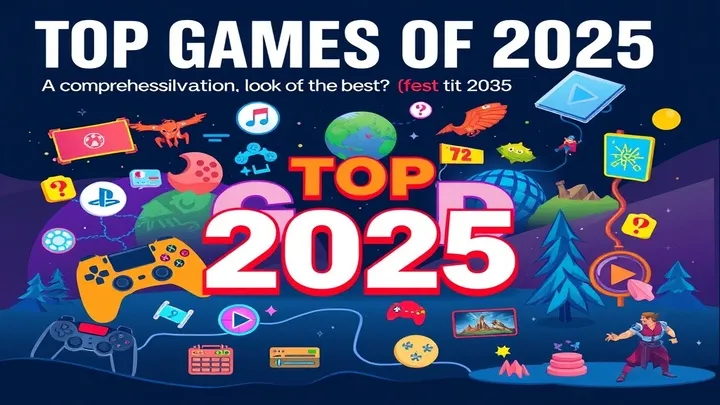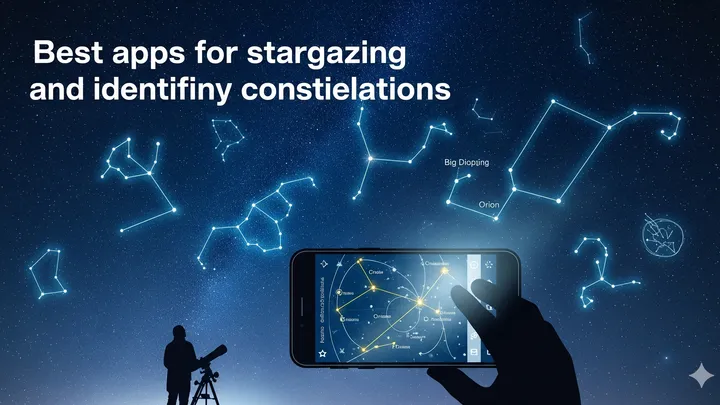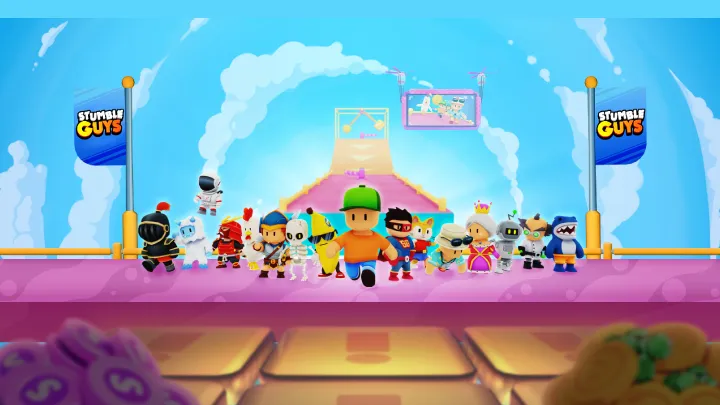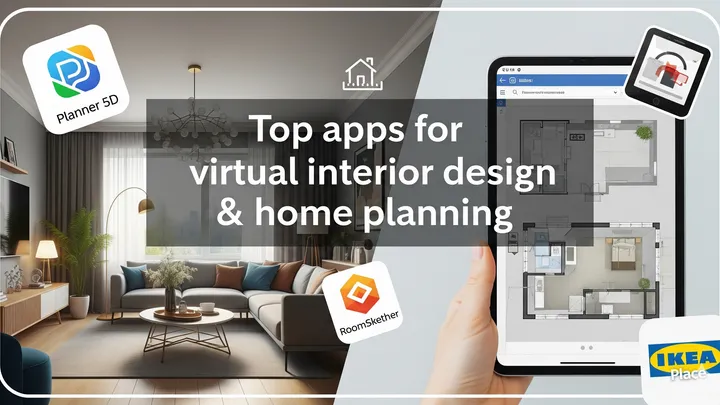Introduction
Blue Prince presents a deceptively simple premise: explore a sprawling mansion and uncover its secrets. Beneath that premise lies a bold mechanical focus on procedural architecture — the way rooms are generated, connected, and recycled — and how players must encode spatial memory to survive and succeed. This article drills deeply into that single issue: how procedural architecture interacts with human strategic memory, pacing, and emotional experience. Across ten stages of player progress and design perspectives, we examine the tactical adaptations, cognitive costs, emergent strategies, and possible improvements that make Blue Prince a unique and sometimes polarizing title.
Early encounters First impressions of procedural space
The first hour in Blue Prince is an eye opener. Players encounter rooms that are technically simple but spatially complicated: branching corridors, rotating staircases, rooms that loop back on themselves. Unlike linear puzzle games where each room is self-contained, Blue Prince forces immediate spatial thinking. You must decide whether to mark a path mentally, lay down a tangible mark if the game permits, or rely on intuition. The novelty is intoxicating: each door is a promise of reward and risk.
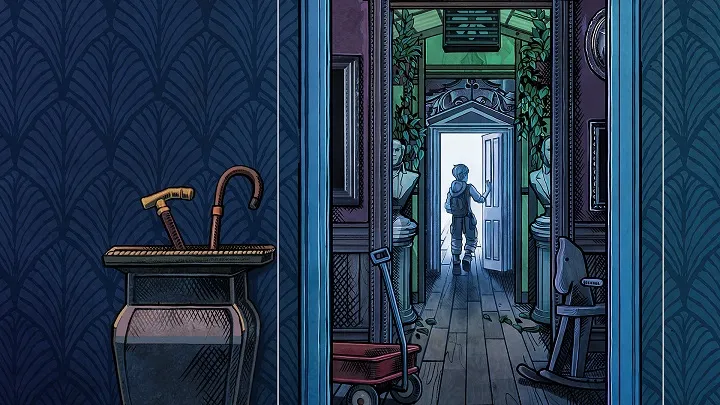
For many players, the early experience oscillates between curiosity and mild panic. The limited mapping tools and incomplete in-game markers force you to treat memory as a resource. Right away you learn that the mansion demands more than reflex; it requires an investment in cognitive mapping. That investment shapes the rest of the run because the house rarely yields the same configuration twice, so your mental model must be portable, not memorized verbatim.
Pattern recognition Forming mental templates
By the second or third session, patterns begin to emerge. The generator that creates rooms leans on motifs — a library cluster, a kitchen wedge, a mirrored hallway — and these motifs tend to repeat with slight variations. A seasoned player stops seeing rooms as isolated events and starts recognizing families of rooms. This recognition lets you form mental templates: “if I see a cramped pantry off a sunroom, a service corridor likely follows.”
Pattern recognition reduces cognitive load. Instead of remembering exact coordinates, you remember signatures and transitions. That shift from absolute mapping to template-based mapping is crucial. It lets players exploit shortcuts and predict probable connections, turning randomness into a partially navigable system. The game rewards this abstraction, which is a higher-order skill than rote mapping.
The cost of uncertainty Resource management and exploratory risk
Procedural architecture introduces a persistent uncertainty tax. Every new expansion requires resources — time, keys, consumables — that might be wasted if a corridor dead-ends or returns you to a previously visited wing. Decision-making becomes a calculation: is this door worth the expenditure? Mid-run, that calculation sharpens into a constant risk-reward assessment. Pushing forward can yield valuable loot or a critical shortcut; pulling back preserves resources and consolidates knowledge.
This tension between exploration and conservation is where Blue Prince excels and where it can frustrate. The house punishes thoughtless expansion, but it also punishes excessive caution by hiding key advantages behind risky branches. Players who master the game learn to calibrate exploration: expend small amounts of resources to probe new areas and retreat when the odds are poor, or spend heavily when a template suggests a high-value cluster is nearby.
Tools and limitations The imperfect mapping system
Blue Prince offers in-game tools: a limited map that autologs explored rooms, symbolic markers left by objects, and occasional temporary reveals. But these tools are intentionally incomplete. The map may omit hidden connections; markers may decay; reveals are brief. These design choices force reliance on personal memory tactics. Some players write notes externally, others use in-game landmarks as anchor points.
List of in-game mapping tools and limitations:
- Auto-explored-room log that lacks semantic labels
- Temporary reveal consumables that show adjacent doors for a short time
- Symbolic markers embedded in furniture that act as hints but are cryptic
- No persistent world map that shows long-range connectivity
The net effect is deliberate friction. The game nudges players toward cognitive work rather than mechanical shortcuts, which is a design tradeoff that elevates the mansion into an active mechanical adversary.
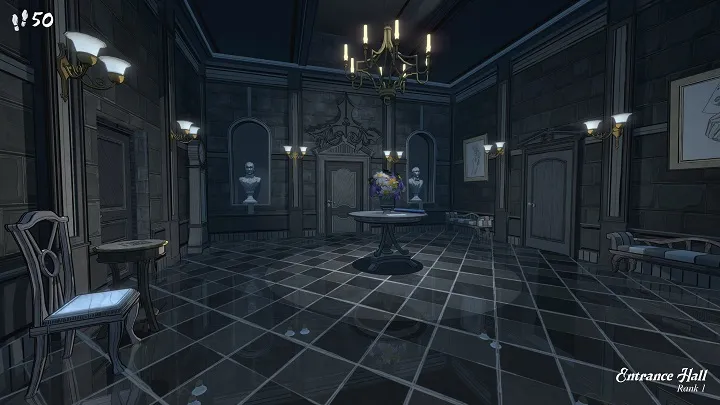
Mid-run fatigue Cognitive load and mental stamina
As runs lengthen, cognitive strain accumulates. Remembering room relationships, tracking resource counts, and replaying previous choices in your head is taxing. Unlike other resource drains that act on player stats or inventory, this one attacks attention and working memory. Long sessions leave players mentally tired in a distinct way: not physically exhausted but depleted in their ability to plan several moves ahead.
This fatigue has gameplay consequences. Decision errors increase when your mental bandwidth is low, leading to misnavigation, missed shortcuts, or poor resource allocation. The game exacerbates this by occasionally placing high-value rewards further down labyrinthine paths, tempting players to push beyond their cognitive comfort. Successful strategies therefore include limiting session length, taking physical notes, or structuring exploration around shorter objectives to reduce cognitive wear.
Emergent player strategies Externalizing memory and building conventions
Players respond to memory taxation by externalizing strategy. The Blue Prince community quickly develops conventions: anchor rooms (distinctive rooms used as reference points), naming schemes for corridors, and shorthand notations for recurring room archetypes. Veterans often sketch maps on paper or use screen captures. This externalization transforms the play experience: the mansion becomes a shared language among players, and community knowledge accelerates individual mastery.
Examples of common community tactics:
- Anchor rooms: using a unique room (for example, the greenhouse with a blue vase) as a central reference
- Breadcrumbing: leaving consumables or distinctive items in key rooms to mark a path
- Session segmentation: exploring in 20–30 minute bursts to avoid cognitive fatigue
These tactics demonstrate how players turn an imposed cognitive problem into an opportunity for creativity and social learning.
Emotional dynamics The mansion as narrative engine
Procedural architecture does more than shape mechanics; it shapes emotions and narrative. Discovering a corridor that unexpectedly connects to a long-forgotten wing creates a storytelling beat. The mansion becomes an evolving character: sometimes benevolent, sometimes cruel. Players often describe the emotional arc of a run as a narrative sequence — discovery, hope, crisis, triumph or loss — driven largely by the spatial decisions they make.
This emergent narrative quality is central to why Blue Prince is compelling for many players. Procedural generation removes scripted certainty, and the resulting surprises produce memorable moments that feel personal because they are consequences of your own choices. The mansion’s architecture writes the story with you as a co-author.
Comparison to other procedural games Where Blue Prince differs
Procedural systems are common in roguelikes, but Blue Prince’s focus on architecture sets it apart. Games like Spelunky or Hades emphasize combat encounters and flow; Blue Prince emphasizes spatial puzzles and memory as primary mechanics. In other titles randomness affects enemy placement or loot; here it reorganizes the player's cognitive map.
This places Blue Prince closer to a genre hybrid — part spatial puzzle, part exploration roguelike — and it changes the kinds of mastery players pursue. Instead of reflex drills or build optimization, success is measured in how well you can abstract, pattern-match, and externalize spatial information under pressure.
Design tradeoffs and fairness Balancing randomness and player control
Designing procedural architecture involves hard tradeoffs. If the generator is too capricious, runs feel arbitrary and unfair; if it is too predictable, the game loses surprise. Blue Prince chooses a middle path but still faces complaints. Players with different tolerance for randomness perceive the same mechanics as either thrilling or punishing. For competitive or long-term fans, this unpredictability can undermine a sense of progress when a well-executed strategy collapses because of a rare generator quirk.
Potential fairness mitigations include: adjustable randomness sliders, more persistent mapping options, or optional tutorial modes that teach template recognition. Offering players control over how much procedural volatility they want would broaden accessibility without undermining the game's core identity.
Late-run mastery Predictive mapping and anticipatory planning
By the late stages of play, adept players transition from reactive mapping to predictive mapping. They learn the statistical tendencies of the generator — which room clusters tend to appear together, which transitions are likely after certain motifs — and use that knowledge to plan several moves ahead. Anticipatory planning means staging resources in reserve rooms, deliberately sacrificing short-term gains to create long-term network efficiency, and setting traps for backtracking.
This mastery has satisfying consequences: the mansion stops being purely random and feels like a system you can read and influence. Victory in late runs often reflects this hard-earned fluency rather than luck alone. The mental gratification of turning a chaotic generator into a predictable ecosystem is one of Blue Prince’s most rewarding endpoints.
Modding and future improvements Community solutions and developer pathways
Responses to the architecture challenge include modding and suggested developer patches. Community mods that add persistent map overlays, customizable generators, or larger in-game note tools exist or are frequently requested. On the developer side, sensible additions would be: optional map persistence, variable randomness sliders, and new game modes that emphasize different aspects of architecture, for example, a cartographer mode with extended mapping tools.
Concrete suggestions for improvements:
- Randomness slider: players pick how volatile room generation should be
- Persistent landmarks: an unlockable feature that allows certain key rooms to be permanently marked
- Cooperative mode: two players share mapping duties, reducing cognitive load
- Narrative rooms: seed hand-crafted rooms that occasionally anchor runs to prevent pure chaos
These adjustments preserve the original design ethos while improving accessibility and long-term engagement.
Conclusion
Blue Prince’s procedural architecture is a bold mechanical choice that elevates spatial memory to a core gameplay axis. This design demands new skills from players: template recognition, externalized note-taking, and anticipatory planning. The result is both exhilarating and demanding. For players who enjoy cognitive puzzles and emergent narrative, the mansion becomes a living system to learn and master. For others who prefer deterministic progression, the same systems feel punishing. The ideal evolution of Blue Prince would offer customization to let players choose how much architectural chaos they face, while preserving the core tension that makes the game unique: the thrill of turning a maze of infinite rooms into a map that you, and only you, can read.








